A wart is a benign neoplasm of the skin that occurs due to the proliferation of cells in the epidermis and papillary dermis caused by the human papillomavirus that is transmitted through contact.
Wart: causes, types, diagnosis and treatment
A wart is a localized, mostly benign, formation caused by epidermal hyperplasia. Papillomatous growths and papules most often appear due to the activity of viral infections. The main reason for their occurrence is the presence in the body of the human papillomavirus (HPV). HPV infection occurs through household contact, which allows the virus flora to penetrate the skin or mucous membranes. Various injuries to the skin and mucous membranes, as well as weakened immunity, increase the risk of infection.
Statistics show that more than 60% of the population are carriers of HPV. At the same time, symptomatic HPV may not even manifest itself throughout life. Warts, many of which are called papillomas, appear on the skin and mucous membranes only when there are favorable factors for it.
There are different types of warts, the appearance of which is caused by one type of virus or another. Any type of skin lesion can be localized either on the skin or on the mucous membranes. It is not always possible to remove the virus from the body.
Warts on legs, arms and other parts of the body in adults
Men and women are equally susceptible to human papillomavirus infections and, accordingly, to the appearance of neoplasms such as warts on the skin and mucous membranes. The penetration of the virus into the body is possible both with the usual handshake or when using general hygiene products, as well as during sexual intercourse. In the human body, the virus penetrates the squamous epithelium of the skin and actively reproduces there. The incubation period for HPV can range from a month and a half to six months or more.
Warts on the face, genitals and other parts of the body in women

Warts in women can appear on any part of the body at any time in life. They can be different in shape, color, and size, ranging from small flat warts on the face of a white color, ending with dark genital warts on the mucous membranes of the genital organs. It is worth noting that, according to research, genital warts can cause the development of cervical cancer. Official confirmation also received the relationship of warts, which are an external manifestation of HPV, with an increased risk of breast cancer.
Papillomas and warts in men
The organism of the stronger sex is less prone to infection and active reproduction of the virus in general, and to the appearance of papillomas and warts in particular. Only a sharp decrease in immunity caused by various diseases can provoke the appearance of benign formations on the skin and mucous membranes in men. It should be noted that papillomas and warts on the genitals in men can be localized in the area of the coronal furrow and frenum, sometimes the head or body of the penis, on the integument at the entrance to the urethra and directly on its mucous membranes in the perianal area.
What are the types of warts in children?

People of all ages are prone to developing warts. However, warts are most common in children and teenagers. The reason for this can be various papillomatous viruses. Infection of the child's body usually occurs through contact and household resources. Children are much more likely to communicate closely with other babies in large groups and easily "catch" different viruses from one another. In addition, a child can become infected with the mother's papillomatous virus during intrauterine development or childbirth.
Warts: causes of occurrence
Many factors can contribute to the appearance of warts. As mentioned earlier, the papillomatous virus is transmitted through close contact with an infected person or their belongings. In addition, the carrier of the virus, having no external manifestations, can also act as a source of infection. Autoinoculation or, in other words, self-infection is also not excluded. After shaving and cosmetic peeling, warts can appear on the face and neck. The same applies to papillomas and warts on the legs, chin and armpits. Different skin lesions only increase the risk of developing HPV. This often happens in swimming pools, gyms, and saunas.
Provoke factors

The virus that causes the formation of warts is unlikely to enter the body of a healthy person with strong immunity. The risk of infection can be increased by:
- Damage to the skin and mucous membranes.
If they are present, contact with an infected person's integument or an object with a virus on the surface can likely lead to infection. HPV can stay in the area for about 2-3 hours. During this time, the chances of someone getting infected with it are quite high. Injuries (wounds, cuts, scratches), sweating and, accordingly, the constant moisture of the skin only increase this.
- High humidity and warmth.
Such a provoking factor is most relevant for the appearance of warts on the legs. Uncomfortable parka shoes that cause excessive sweating of the feet, calluses, and skin lesions can lead to epithelial growth such as warts on the feet.
- Weakened immune system.
Even with the presence of a virus in the body, the appearance of warts is far from always observed. A person can carry the virus for decades and be unaware of it. With a strong immunity, the body constantly suppresses the virus and prevents it from multiplying. As soon as the immune system is weakened, the virus is activated immediately, which is accompanied by the appearance of external manifestations.
Seborrheic wart
With age, significant changes occur in the human body, which are reflected not only in appearance, but also in health. So, a violation of the distribution of the basal cells of the epidermis leads to the appearance of benign formations, which are called seborrheic warts. In another way, such warts are called senile. It's easy to identify senile warts based on their distinctive appearance:
- They are represented by papules or plaques that protrude from the surface of the skin.
- Neoplasms are round or oval;
- They are usually localized on the skin of closed parts of the body, as well as on the face and scalp.
- The color of the warts can be yellow-brown and sometimes even black.
- The size of the formations can vary between 0. 5 and 4 cm.
The boundaries of the seborrheic wart are clear. They protrude slightly above the skin and can be slightly flattened.
If you have these warts on your hands, face, body, or head, you should see a doctor. To determine the most effective and safest tactic for their treatment and removal, it is necessary to conduct differential diagnosis, which distinguishes seborrheic warts from:
- Pigmented nevi.
These neoplasms are benign. Just like seborrheic warts, pigmented nevi are tan or dark, closer to black. Sometimes the papillomatous surface of the nevi is covered with hair. Their size can be different. Neoplasms of this type can be represented in their shape by huge plaques or flat papules with a smooth surface.
- Dermatofibromas.
Such a benign formation is formed from the skin and connective tissue. Dermatofibromas are somewhat similar in appearance to birthmarks and warts. The surface of the formations can be both smooth and keratinized. Their shape is round. The dermatofibroma is partly located in the upper layers of the skin and partly protrudes above its surface. Most often, single neoplasms are found. Their color can be different: from gray-pink to purple. Sometimes dermatofibromas are brown or black. The size of the formations is approximately 1 cm.
- Melanoma.
In contrast to dermatofibromas and pigmented nevus, melanomas are malignant tumors. They appear on the site of birthmarks or on nearby tissue sites. Factors that provoke the malignancy of skin cells are ultraviolet rays, various damages.
Human papillomavirus infection
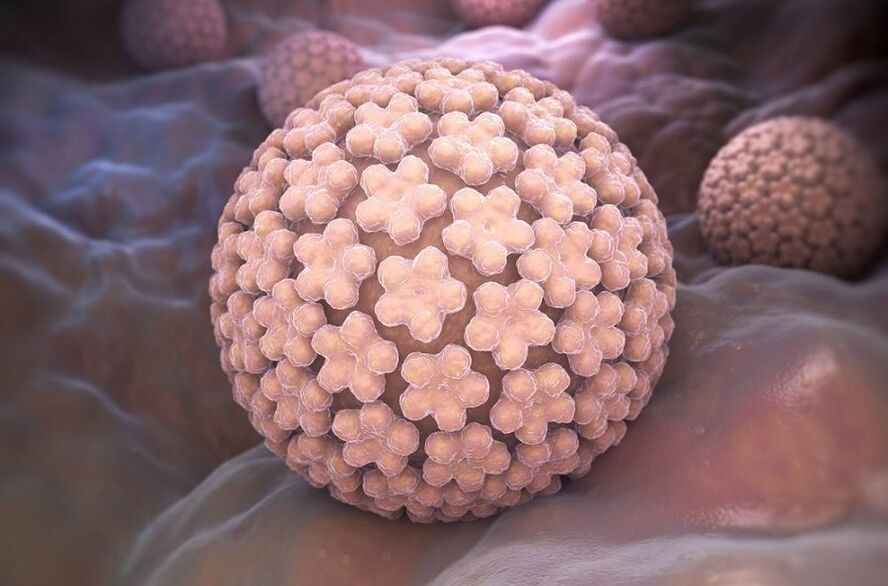
As mentioned earlier, HPV is the cause of HPV infection. To date, more than a hundred of its varieties are known that can affect the body in one way or another. Each type of virus causes certain types of warts:
- HPV 1 - benign formations on the palms and soles of the feet;
- HPV 2 - common (vulgar);
- HPV 3, 10, 28 and 29 - flat neoplasms;
- HPV 4 - warts on the soles of the feet and vulgar warts;
- HPV 6, 11 - larynx papillomatosis and genital warts;
- HPV 5, 8, 9, 12, 14, 15, 17, 19-25, 36, 39, 40 - generalized manifestation of the virus, which is warty epidermodysplasia;
- HPV 7 - vulgar warts;
- HPV 13, 32 - focal proliferation of epithelial tissues;
- HPV 16, 18, 31, 33, 35 - malignant neoplasms such as carcinoma and genital dysplasia.
In addition, with a weakened immunity, the human body becomes more susceptible to papillomatous viruses of types 26 and 27. In some cases, HPV 30, 34, 37 and 38 can become the cause of benign and malignant tumors.
It is also worth noting that some types of papillomatous virus are transmitted through household contact, while others are sexually transmitted.
Types of warts: common, plantar and other, treatment
Quite a large number of varieties of papillomatous viruses and other causes of the appearance of warts cause different localization of formations and their different properties. So there is:
- Common warts, also called vulgar warts.
They are most often localized on the skin of the hands. These growths can be colored from flesh to brown.
- Plantar warts.
Such formations grow deep into the tissues, cause painful sensations and are accompanied by thrombosis of the capillaries, which bleeds even with the slightest damage. Plantar warts must be treated by a doctor and must not be cut off on your own or in a nail salon.
- Flat warts.
Their localization, as a rule, is observed on the skin of the neck, face, chest, squats and in the forearm.
- Anogenital warts, more commonly known as genital warts.
Such formations affect the skin and mucous membranes of the external genital organs, as well as the perianal region. Their localization is possible at the entrance to the urethra with subsequent proximal expansion.
- Perianal warts.
Such formations are most often located on the anus and vagina, as well as in the nearby tissues of the external genital organs in women. In men, perianal warts are localized on the anus.
- Larynx papillomatosis.
This manifestation of the virus occurs mainly in childhood. The crowds can be diverse, which poses a particular threat to life and causes clogging of the airways.
Anogenital warts
Anogenital warts are benign neoplasms that are localized on the skin and mucous membranes of the external genital organs, as well as in the perianal area. All anogenital warts are usually divided into:
- Typical condylomas.
Such warts, as a rule, are localized at the entrance to the vagina, in the anus, and also on the inner layer of the foreskin. In their shape, such neoplasms can resemble cauliflower.
- Papular warts.
The surface of such neoplasms is smooth and does not contain any keratinized layers.
- Hyperkeratotic warts.
Unlike previous warts, the surface of such anogenital formations is covered with keratinized tissue particles. Hyperkeratotic condylomas are mostly localized on the outer sheet of the foreskin, penis body, and scrotum in men, and on the labia in women.
- Flat warts.
The formations are represented by spots that protrude slightly above the surface of the skin. They are practically invisible and are not always immediately identified by a person.
Huge condylomas Buschke - Levenshtein
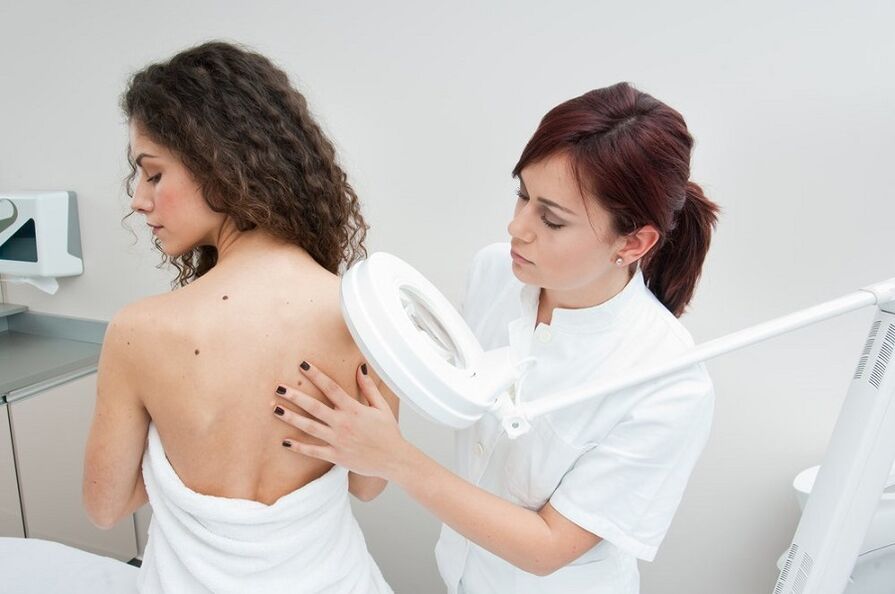
Carninoma-like genital warts appear when the HPV 16 virus enters the body. According to the results of some studies, HPV viruses of types 1, 6, 11, 18, 31, 33, which are transmitted both through contact and sexually, can also lead to the appearance of such warts. The second name of such training is the huge Bushke-Levenshtein condyloma. The main differences are:
- rapidly progressive enlargement;
- the possibility of re-education after treatment;
- Destruction of tissues nearby;
- high probability of malignancy with subsequent development of squamous cell carcinoma.
The young and the elderly are the most susceptible to this type of neoplasm. In the male body, the virus manifests itself through the appearance of genital warts on the tissues of the glans penis and foreskin. Sometimes the Buschke-Levenshtein condyloma can be localized on the integuments of the penis trunk. In the female body, formations are usually located in the perianal, anorectal and groin areas. Their appearance on the face, in the oral mucosa, as well as in other areas of the skin and mucous membranes, cannot be ruled out.
Common warts on fingers and other body parts
The most common benign skin lesions are vulgar warts, also called common warts. In appearance, such formations are hard and dry eminences on the skin. Their surface is uneven. Sizes vary within a few millimeters. Most often, such warts are localized on the fingers and hands, as well as on the face. The color of the neoplasms is usually gray, yellow-brown, or flesh-colored.
Palmar-plantar warts on arms and legs
Warts can easily appear on both the palms of the hands and the soles of the feet. They are available in different shapes and colors, from light yellow to dark brown. These epithelial formations are common in the population. They can look superficial and tessellated, or deep (hyperkeratotic).
Treatment for palmar and plantar warts is complex. It is important for a dermatologist to rule out lichen planus and warty tuberculosis during a thorough diagnosis.
Flat warts on the face
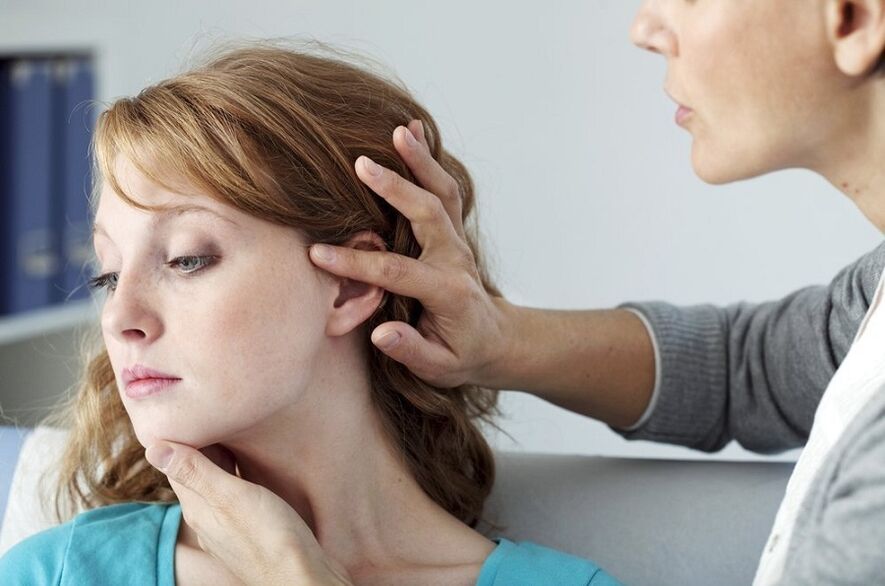
A flat wart is almost always small and has a smooth (rarely scaly) surface. Its color can practically not differ from the color of the skin in any way, so people often live with such formations and do not even notice them. Typically, such flat epithelial formations appear in whole groups on the skin.
The specialist can recognize and precisely identify flat warts on the face or, for example, on the back of the hand at the first appointment. A visual examination is enough for a competent doctor to understand what he is dealing with. If the dermatologist has doubts about the suspected diagnosis, additional diagnostics, including laboratory tests, can be assigned.
Diagnosing human papillomavirus infection
The clinical manifestations of a wart mainly depend on the place where it formed. Each individual type of epithelial tumor described above has its own individual characteristics.
- A common wart is characterized by pronounced hyperkeratosis (high rate of cell division of the stratum corneum and peeling).
It can look like a lump or dome-shaped papules. Such warts mainly appear in places where the risk of tissue damage is increased, that is, on the skin of the hands, feet and elbows.
- Flat warts have a flattened tip, are small in volume, and are not 3-4 mm in diameter.
If a wart is visualized around the skin folds, its initial diagnosis can be difficult because such papules or growths can manifest as flat or common warts.
- Warts on the soles of the feet can be accompanied by a symptom of pain as these areas of the body are constantly exposed to trauma. The center of such an epithelial tumor can be slightly depressed.
It is also not uncommon for multiple warts on the sole to merge into a single structure, forming a specific pattern in the form of a mosaic.
- In relation to filamentous warts, such a problem can appear on the skin of the face.
They grow quickly and therefore, when discovered, try to be removed as a cosmetic defect.
- Warts can also be diagnosed in the oral cavity, where formations are most often represented by whitish or pinkish small nodules.
In extremely rare cases, such a problem usually occurs at the dentist's appointment or during a routine examination of the body.
Warts: treatment
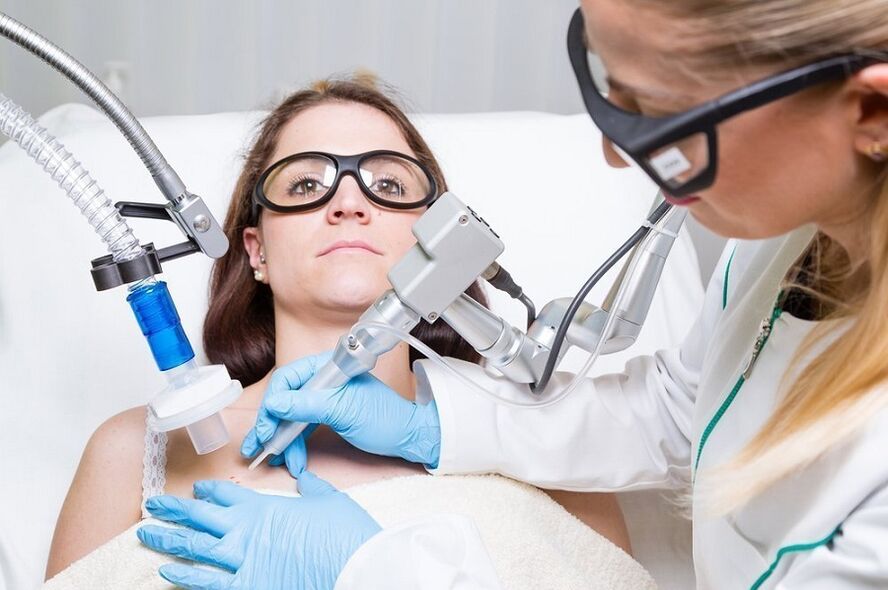
Epithelial tumors in the form of warts are treated only under the strict supervision of the attending physician. Therapy cannot be general, since each individual case of the occurrence and development of the disease is individual. Therefore, it is not advisable to use dubious drugs in a pharmacy on the advice of friends, advertisers, or a pharmacist.
So far there is no specific therapy for the human papillomavirus. Because of this, warts treatment is aimed at eliminating the symptoms of a viral lesion.
If a patient is diagnosed with a condyloma, it is important to use well-chosen therapy for this type of education, as there is a risk of malignant degeneration.
There are several different methods of treating warts, each with their own characteristics. The effectiveness of all therapeutic methods is about 70%.
Remedies for warts: external therapy
Treatment for warts is primarily aimed at removing them. It can be done through physical intervention or medication.
Using external methods, warts are treated in a complex. The doctor may prescribe cautery agents and keratolytics. It can be 10% silver nitrate solution, 50% lactic acid solution.
Your doctor may be able to recommend antiviral medications for warts.
Cytostatics like fluorouracil cream are also topical. Prescribed for the treatment of warts and plasters of all kinds with salicylic acid (40%).
The physical destruction of warts can be achieved through liquid nitrogen and electrocoagulation. Chemical destruction of tissues can be done using salicylic or trichloroacetic acid, sodium silver solution, and sodium hydroxide.
Immunotherapy is also used. After the wart is removed, your doctor may prescribe anti-inflammatory drugs.
Removing warts at home is prohibited
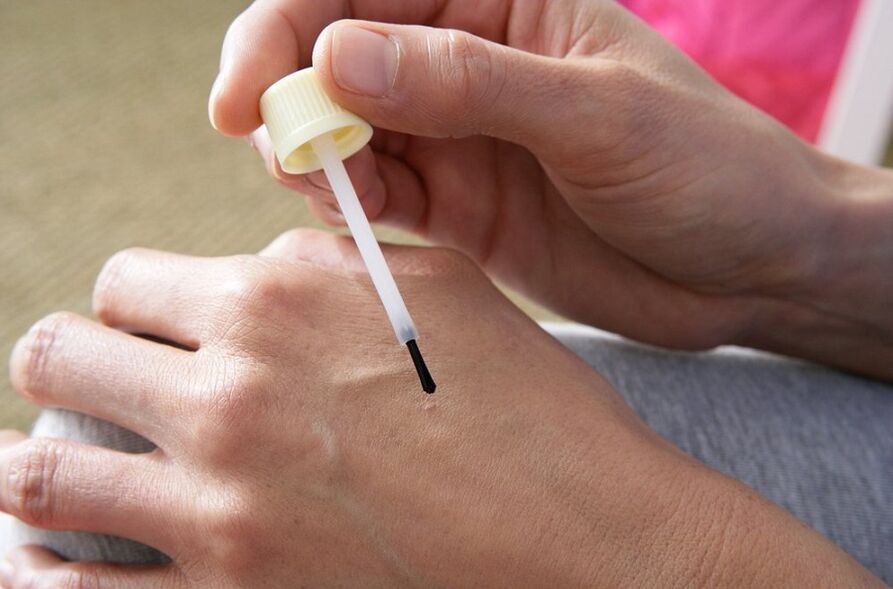
Traditional medicine, according to most, can safely treat many diseases. But this opinion is wrong, since decoctions, infusions and all kinds of compresses made from essential oils and herbs can only play an auxiliary role and in no case should be used as the main therapy.
In combination with medicinal effects, the treating specialist can prescribe recipes for alternative medicine with celandine, mountain ash fruits, wormwood, onions, flaxseed oil and milkweed.
Removal of warts at home is not done. Education cannot be cut off, pierced, and cauterized with sharp objects. Only a competent doctor, having diagnosed the patient's condition, can prescribe adequate and safe therapy. Be careful and don't be rash.
Laser wart removal and other methods
Modern medicine uses various surgical techniques to remove warts.
- Electrocoagulation is one of the tried and true methods of removing various warts.
The manipulation is carried out under local anesthesia using a coagulator. The high-frequency current applied to the steel loop helps to thin the epithelial mass and prevent bleeding during and after the operation.
- With extensive skin lesions, surgical removal is prescribed.
The manipulation is carried out under local anesthesia, followed by the imposition of cosmetic sutures, which are removed after about 1 week. A small scar may remain.
- Laser removal of warts is the newest method of treatment.
The effect of such manipulation can be represented in the form of evaporation or coagulation of skin cells. Laser removal of warts is quick and absolutely painless as the procedure is performed under local anesthesia. After removing the wart, a small indentation may be left that will go away after 12 to 20 days.
Laser removal is now offered by many medical centers and clinics.
- Warts are also removed at low temperatures.
Deep freezing of tissues leads to their death. In this way the cryodestruction of liquid nitrogen is carried out.
Such removal of warts is carried out using a cryogenic applicator or an applicator stick with a cotton swab. Either way, the procedure is effective and only takes a few minutes.
The applicator is applied (vertically) to the wart and gently pressed on it. The time it takes for an epithelial tumor to freeze depends mainly on its size. Freezing typically takes 7 to 35 seconds.
It's important to know that removing warts isn't a guarantee that the problem won't recur. The likelihood of new growth depends on a number of factors, including the patient's immune system. According to statistics, relapse of the disease occurs in more than 20% of patients after 3-4 months. For this reason, many doctors prescribe general anti-relapse therapy along with surgical removal of warts.
Prevention of warts

To protect yourself at least a little from a viral infection and reduce the risk of developing warts on the body, doctors first recommend a healthy lifestyle. It is necessary to constantly competently maintain the immune system, which is losing its protective functions due to constant nervous load, lack of sleep, malnutrition and even lack of vitamins.
Doctors recommend:
- Refuse casual sex. It is advisable to have a steady and healthy partner.
- Observe the rules of personal hygiene. Instead of using someone else's towel, you should go to a public bath without changing shoes yourself.
- Treat lesions on the skin properly.
It is also important to eat right, lead an active lifestyle, get rid of bad habits, get enough sleep, be less nervous, because all of these factors negatively affect the immune system.

























